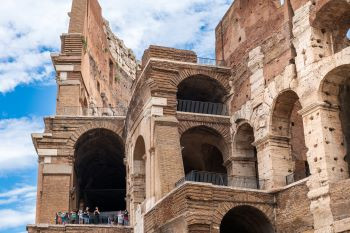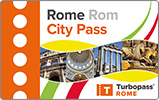




The Colosseum is the most famous sight in the Italian capital and the symbol of Rome. With a circumference of 527 metres and a height of 48 metres, it is the largest amphitheatre built in ancient Rome and also the largest enclosed building of Roman antiquity.
The Colosseum was built between 72 and 80 AD under the original name Anfiteatro Flavio. Its history therefore goes back to the time of the emperors of the Flavian dynasty. After its completion, the theatre opened with a hundred days of games. For over 400 years, it served as an arena for various games organised by members of the imperial family. Today, the building and its history are considered a testimony to the fantastic architecture of the ancient Romans and is both protected and the subject of archaeological research. Since 1999, it has also been recognised as a monument against the death penalty.

Clickhere
to see on google maps
Address: Piazza del Colosseo 1 00184 Rome Italy
Your ticket is already included in the Rome City Pass – no queuing at the ticket office!
Free admission to world-famous sights and museums. Free airport transfer can be added. Discounts included.

incl. VAT and service fees, free shipping via e-mail